For 800 years, Elgin Cathedral has stood tall and presided over the history of the town and surrounding communities.
Today it is a landmark that attracts thousands of visitors every year curious about what it was used for and how it declined to become a ruin.
Experts care for every stone within the railings, looking after them and ensuring their stories survive for future generations.
However, it hasn’t been an easy road for Elgin Cathedral to survive 800 years of history and still, for the most part, be standing.
What once was an important centre for power and commerce became the town’s dump with heritage lost under mounds of household mess.
The Press and Journal toured Elgin Cathedral with Historic Environment Scotland steward Lynda Dean to discover the stories and history behind the town’s most prominent landmark including…
- Why it was such an important centre for power.
- How it was burnt down more than just once.
- What became of it after it was abandoned.
- How parts of the ruins were stolen by locals.
- And the story of the homeless child who lived in ruins of Elgin Cathedral who became vastly wealthy.
Birth and rapid expansion of Elgin Cathedral
Elgin Cathedral was established in its current guise in 1224, but it can trace its history back further than that.
Before the stunning and towering building was built, the cathedral seat in Moray rotated between smaller churches.
Bishops used Spynie, to the north of Elgin, Birnie, to the south of Elgin, and Kinneddar, which was near what is now the roundabout at the gates of RAF Lossiemouth.
Lynda said: “The bishop complained about having to move all the time. It was a lot of work. Not so much for them, but for the people who had to cart everything from church to church.
“So Pope Innocent III was petitioned about moving the cathedral to a more central location, and Elgin was becoming the central location for the area at the time.”
Elgin Cathedral controlled a vast and diverse diocese, stretching from Buckie in the east, to John O’Groats in the north, Skye in the west and Aviemore in the south.
Focus for international trade
Churches across the vast area paid a fee to the cathedral, making it a significant centre of power in the north.
At the same time, Elgin was growing, fuelled by international trade flowing through Spynie.
Although landlocked now, Loch Spynie was open to the open sea until the late 15th Century and welcomed traders from as far as India and Egypt.
Moray was also developing a reputation as a go-destination for the great and the good of Scotland due to its growing religious significance.
Lynda said: “Elgin was wealthy, which is why several royals visited. It was a very religious place, it became a bit of a Butlins religious resort.
“There were Blackfriars and Greyfriars in Elgin, but also Kinloss Abbey and Pluscarden Abbey nearby.
“People wanted to come to what was becoming a religious centre in Scotland.
“Elgin was also a teaching cathedral. So if you had a priest who wanted to learn how to be a bishop then they would come here.
“For those travelling long distances then there were the buildings at South College and North College for them to stay in.”
Things were going well for Elgin Cathedral, so well that the bishop in 1270 wrote to the pope asking for more money to expand.
When that offer was refused, the cathedral went on fire a short time later in very mysterious circumstances.
Soon after prominent towers facing Cooper Park and the Chapter House, one of the best surviving parts of the cathedral, were built.
Wolf of Badenoch targets Elgin Cathedral
The most infamous chapter in Elgin Cathedral’s history came in 1390 when it was almost completely destroyed by Alexander Stewart, who became better known as the Wolf of Badenoch.
The son of King Robert II, he was Lord of Badenoch and Earl of Buchan, territories he controlled with the help of his private army.
His control over the north strengthened when he married Euphemia, Countess of Ross, which effectively gave him control over her family’s land too.
A row developed between the Wolf of Badenoch and Elgin Cathedral due to him being given control over church land and is tenants.
His reputation for violence to enforce his power led to frequent clashes with authority figures, including Alexander Bur, the then Bishop of Moray.
Badenoch’s influence began to falter when his father’s health began to fade. His older brother, the Earl of Fife, then demoted Stewart in favour of his own son to expand his own influence.
When, in late 1389, Euphemia grew concerned about the Wolf of Badenoch’s unfaithfulness, she confided in Bishop Bur at Elgin Cathedral with her complaints.
She was advised to divorce him, a move which put in jeopardy his control over large portions of land.
Bishop Bur was already a sworn enemy of the Wolf of Badenoch and an ally of his estranged brother. It made him an obvious target.
Cathedral survives huge fire set by Wolf of Badenoch
In two months in 1390 the Wolf of Badenoch, supported by his army, rampaged through Forres, pillaged Pluscarden Abbey and burned Elgin Cathedral.
The huge flames that day were likely the largest fire Moray has ever seen.
Its effects are still seen centuries later. When specialist contractors replaced windows in the Chapter House in the 1980s, they discovered the stonework misshapen and twisted from the heat.
And sandstone near what was the main entrance has been discoloured in a way only possible from flames approaching 200C.
Whatever the Wolf of Badenoch hoped to accomplish at Elgin Cathedral that day certainly didn’t work.
Bishop Bur excommunicated him, his wife’s divorce was finalised, his political influence vanished and he died just four years later.
His impact on Elgin continues to be remembered though. In 2016 a statue of him was erected on the A96 at the west end of the High Street at the same time as the Dandy Lion.
Perhaps fittingly given the destruction he brought to Elgin Cathedral and the town, the Wolf of Badenoch’s statue is regularly mocked with various items of clothing attached to it.
Becoming the Lantern of the North
Following the fire, Elgin Cathedral was rebuilt bigger than ever after yet another fire in 1402.
It was during this rebuild that a huge central tower was built. At 198ft it would have been roughly double the height of anything left of the cathedral today.
At this time Elgin Cathedral was said to be the finest in Scotland with bright bursts of light bursting through its windows and lighting its interiors earning it the name Lantern of the North.
However, its days as a power centre were numbered.
Locking the doors of Elgin Cathedral
The Reformation in 1560s severed the country’s ties with the pope and started what is now the Church of Scotland.
Overnight, Elgin Cathedral became obsolete and its days as a place of worship were confined to history.
Lynda said: “It was closed down. The building was emptied then the doors were locked and they walked away.
“The furniture and fancy robes were divided between other churches in the area.
“There’s records of St Sylvester’s Church taking some of the furniture and when Pluscarden was re-established in the 60s there’s mention of the lectern being originally from here.
“The church pews probably went to St Sylvester’s, there’s some similarity to the designs of the ones that would have been at the cathedral.
“After that though the cathedral was left abandoned. The doors were locked and nobody went in or out, apart from the people looting it.”
The decline of Elgin Cathedral
The beginnings of the building’s decline to a ruin came just a few years later in 1567 when permission was given to sell the lead from the roof.
Together with the roof from St Machar Catherdal in Aberdeen it was loaded onto a ship destined for the Netherlands.
However, a wooden ship loaded with two lead roofs was never going to go very far and it sunk about half a mile off the Aberdeen coast.
Exposed to the elements, the structure of the cathedral began to weaken and in the 17th Century it became extremely vulnerable to weather.
In the 1650s the first record of Travellers setting up camp in the ruins is recorded.
And in 1711 its decline into a proper ruin is complete when a huge storm on Easter Sunday brings down the huge central tower into what is now the Biblical Gardens.
Ruins plundered and become a dump
Now ruined and unused, the population of Elgin begins to start helping themselves to stonework from the crumbling building.
Today bits suspected to be originally from the cathedral can be seen all over town.
Lynda has been a steward at Elgin Cathedral since 2002, has researched where parts of the stonework can be seen.
She said: “People just started helping themselves.
“There are some nice gates near Alma Place that look like they could have been from the cathedral originally.
“The steps leading up to Ladyhill House have some markings that look like they may have been from here too.
“There’s even a stone set in the Hopeman harbour wall that looks like it came from a church, possibly the cathedral.
“People tried to take more too. One of the effigies was found in an entirely different part of the building than it should have been.
“I reckon somebody has tried to carry it off, realised it wasn’t worth the effort so just dropped it.”
Around the same time the cathedral grounds become gradually more filled with rubbish.
All sorts of household waste are dumped in the ruins. At one point there was so much rubbish that the steps leading up to what is now the main entrance were completely buried.
Homeless mother takes shelter in ruins
Andrew Anderson’s name is one of the most synonymous with Elgin. It is perhaps only beaten by Dr Alexander Gray, whose bequest established Dr Gray’s Hospital.
Anderson’s vast legacy, worth £7.5 million today, established the Anderson’s Care Home, which is a landmark on the A96 in its own right just 300 yards from the cathedral, and lay the foundations for what is now East End Primary School.
In his youth though, he and his mother Majorie were penniless, homeless and slept rough in the ruins of Elgin Cathedral in an alcove next to the Chapter House.
Anderson himself slept in the remains of a stone font, which became a makeshift crib. He was born in 1747 in the era when the ruins were being used as a dump.
Majorie had carried travelled back to Elgin on foot, carrying her baby with her, after her soldier husband had been killed in action.
Lynda said: “She settled on the High Street to begin with, but she was attacked so she moved to the cathedral where it was safer for her.
“She weaved a basic door and window to keep the weather out. She lived in the room for 10 years, which is incredible.”
Child who grew up in cathedral leaves vast fortune
Growing up Anderson showed promise and earned a pauper’s scholarship at Elgin Grammar School, where he received free education for cleaning the floors and lighting the fires.
After leaving school he ran away to Edinburgh and London to work in a tailor’s shop.
A fortunate encounter with a Scottish soldier led to securing a job in the East India Company, where he rose through the ranks to become a Major General.
Despite living on the prestigious Baker Street in London, he never forgot Elgin and he built a house on the High Street and returned in summers.
When he died in 1824 he left his fortune to create a hospital and free school, which became known as The Elgin Institution for the Support of Old Age and Education of Youth.
It is known as Anderson’s Care Home today, but the original title can still be seen above the grand entrance to the building.
Today the home continues to be run by a board of voluntary governors, as requested by Anderson, and cares for more than 50 residents.
Clearing Elgin Cathedral to become tourist attraction
It wasn’t until 1824, nearly 300 years after it closed, that any work was done to protect the history of Elgin Cathedral when is first keeper was hired.
Saunders Cook had the job for a few months, before John Shanks took over and set about removing the years of rubbish that had built up.
Shanks became known as The Drouthy Cobbler, a title that inspired the name of an Elgin town centre bar today.
With his own hands he used a wheelbarrow to clear away thousands of loads over 24 years.
Lynda said: “He didn’t really know what he was doing. If he saw something he thought was interesting he would set it aside and clear away the rest.
“The collection that is at the cathedral today was pretty much started by him.
“He was the one who found the steps. The rubbish was piled up so high you couldn’t see them.
“There was also the first beginnings of the cathedral being a tourist attraction. At the time it was just a case of Shanks opening the gate and letting folk have a wander round.”
Today Elgin Cathedral is publicly owned and maintained by Historic Environment Scotland, who care for and protect the ancient stonework.
Despite it being abandoned nearly 500 years ago, thousands continue to visit it and are enthralled by the stories and Elgin’s history as the Lantern of the North.

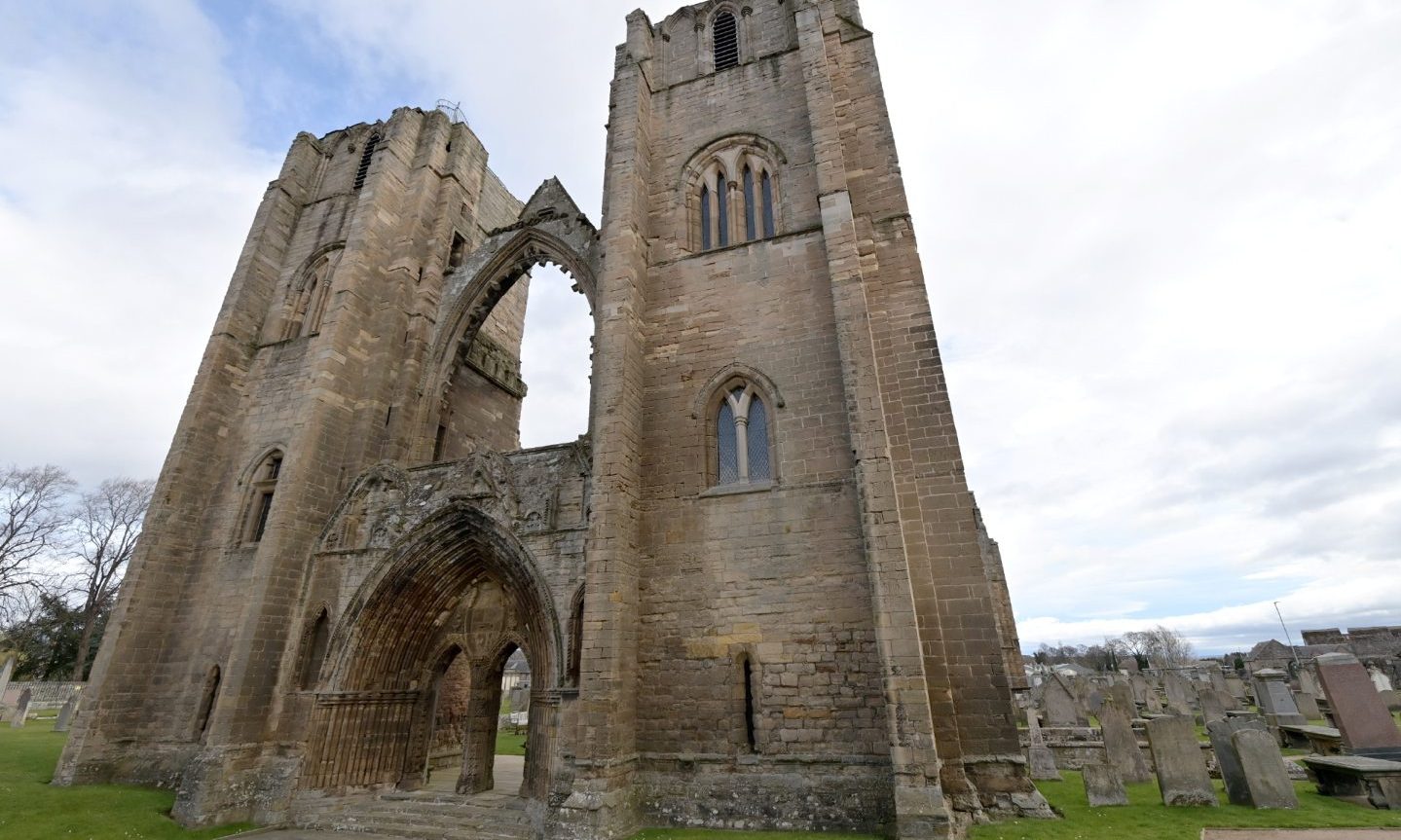
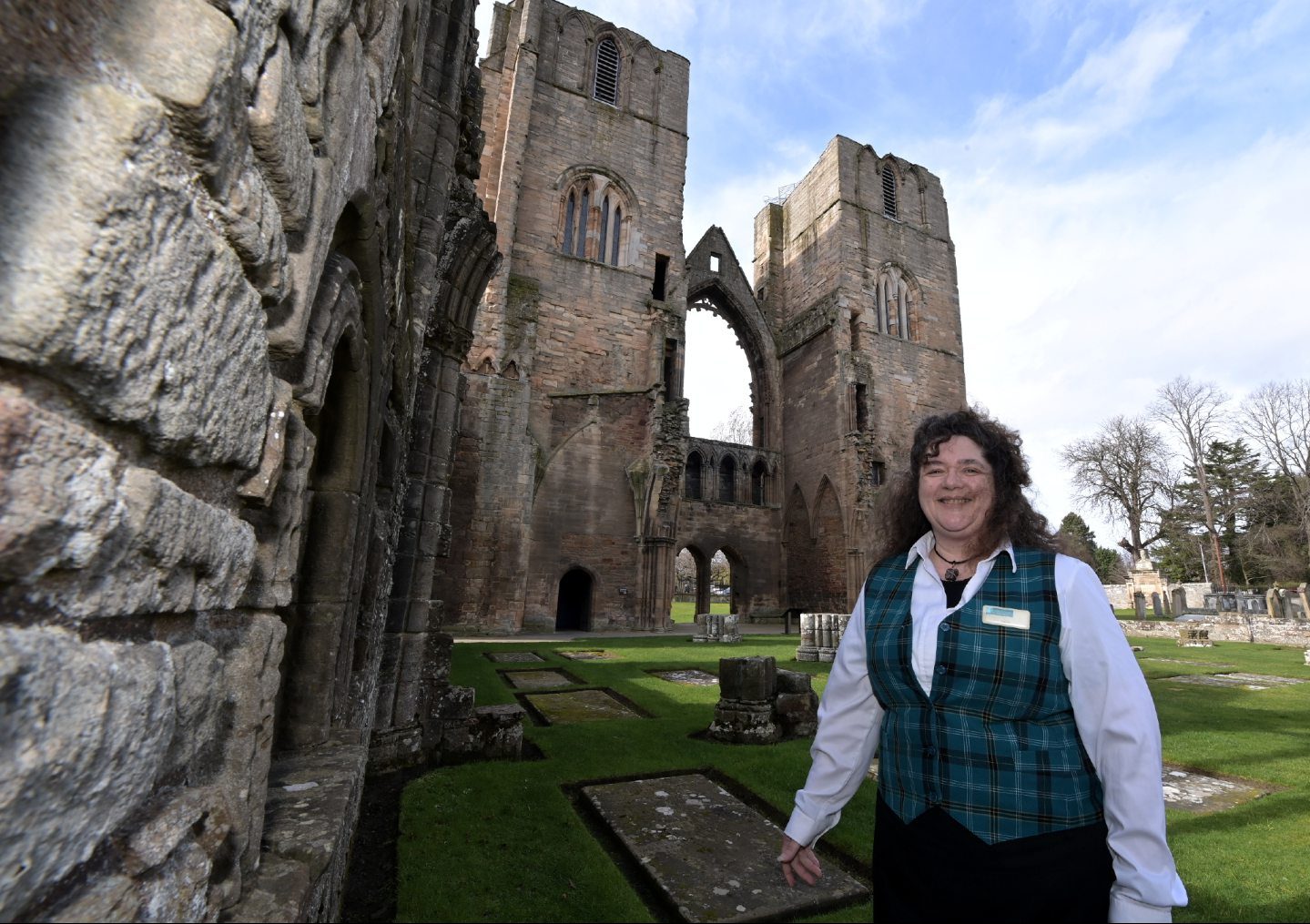
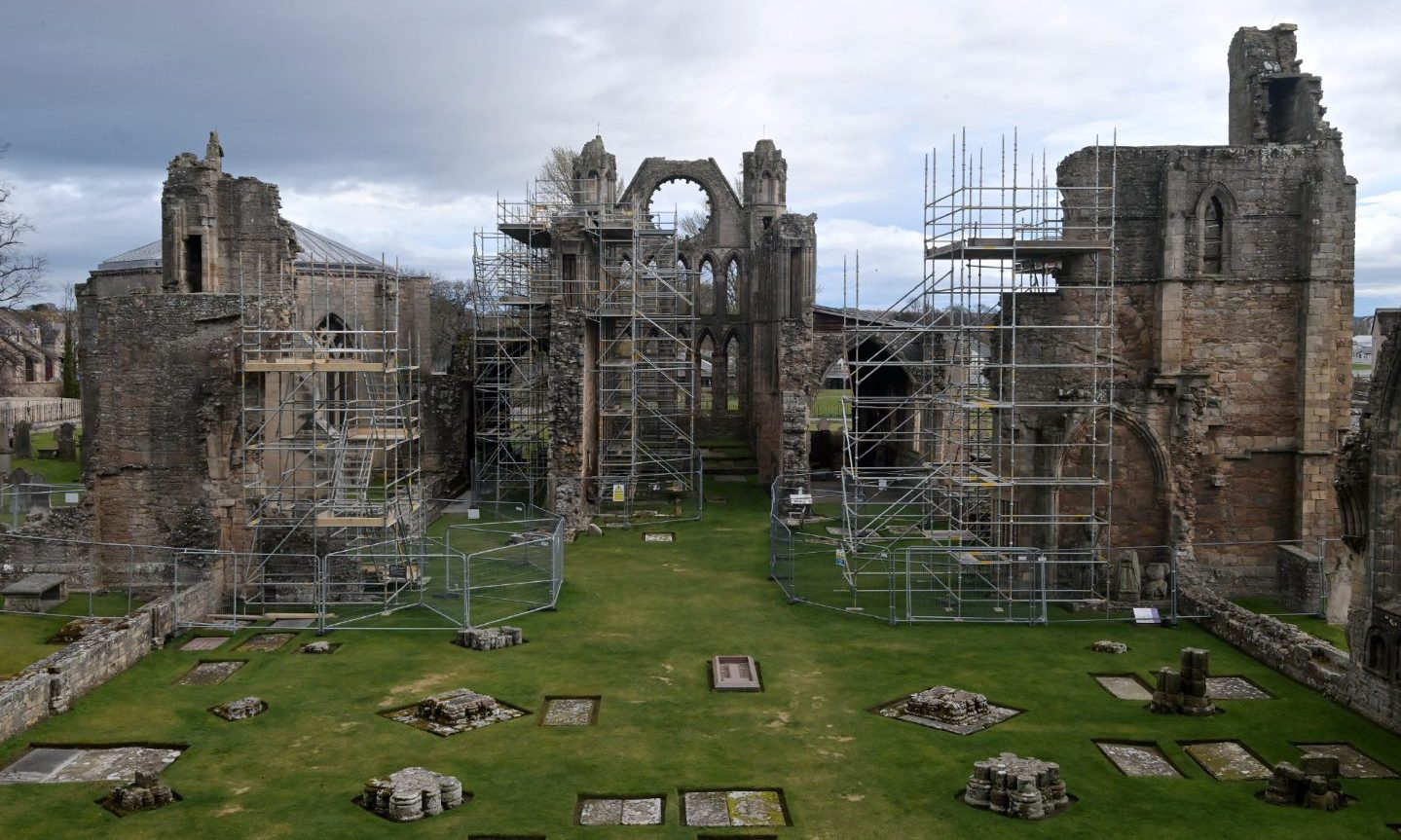
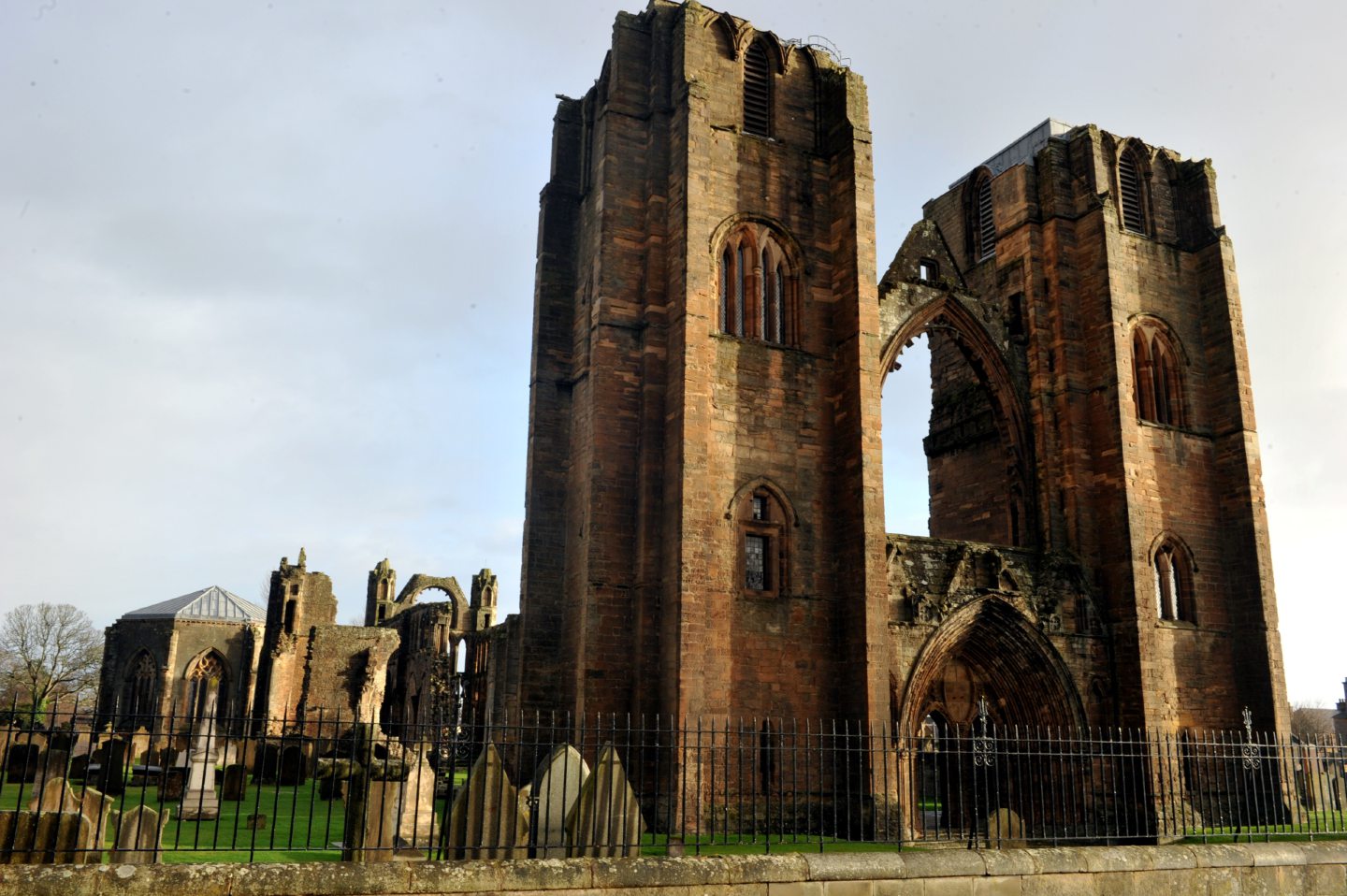
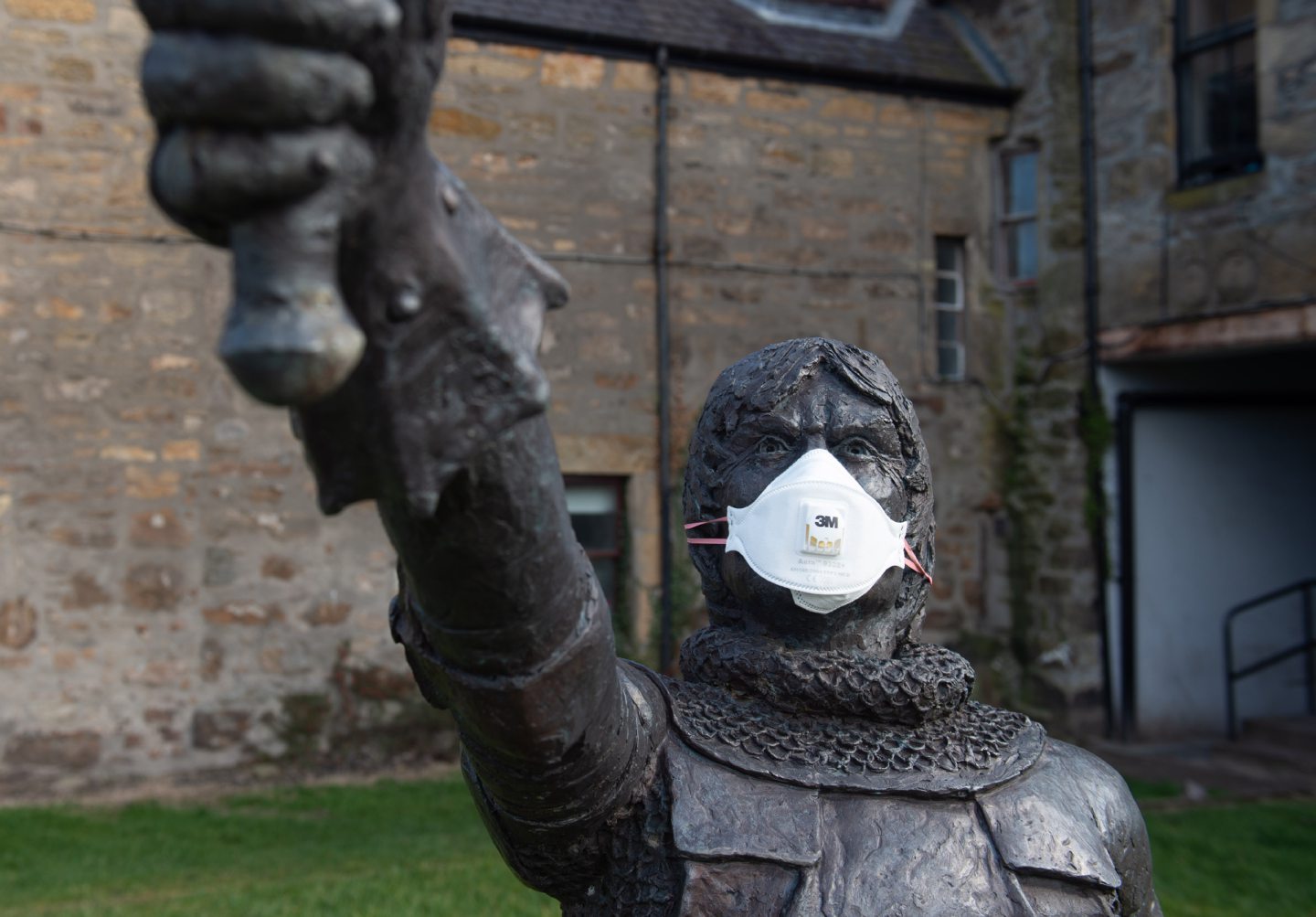
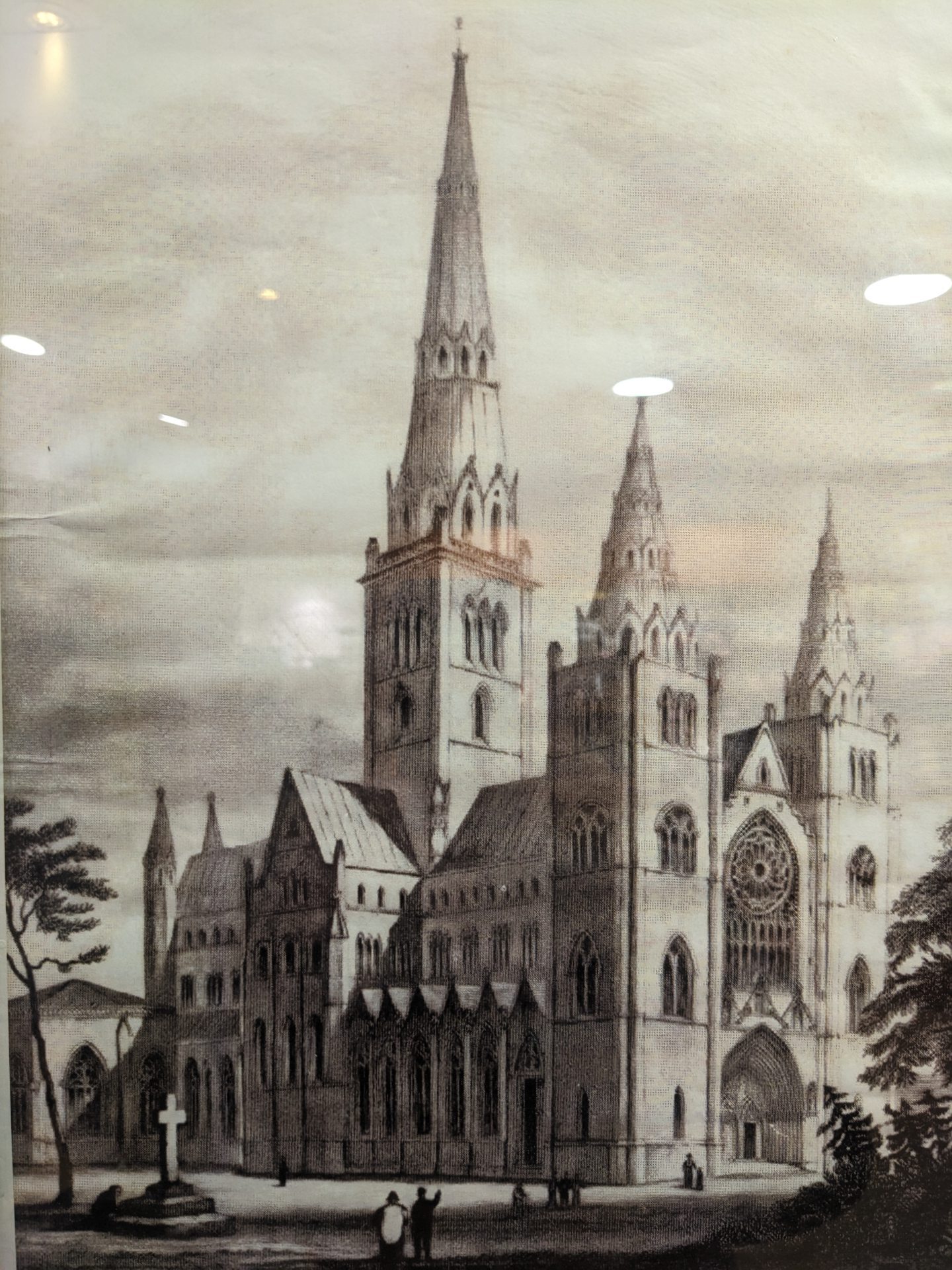
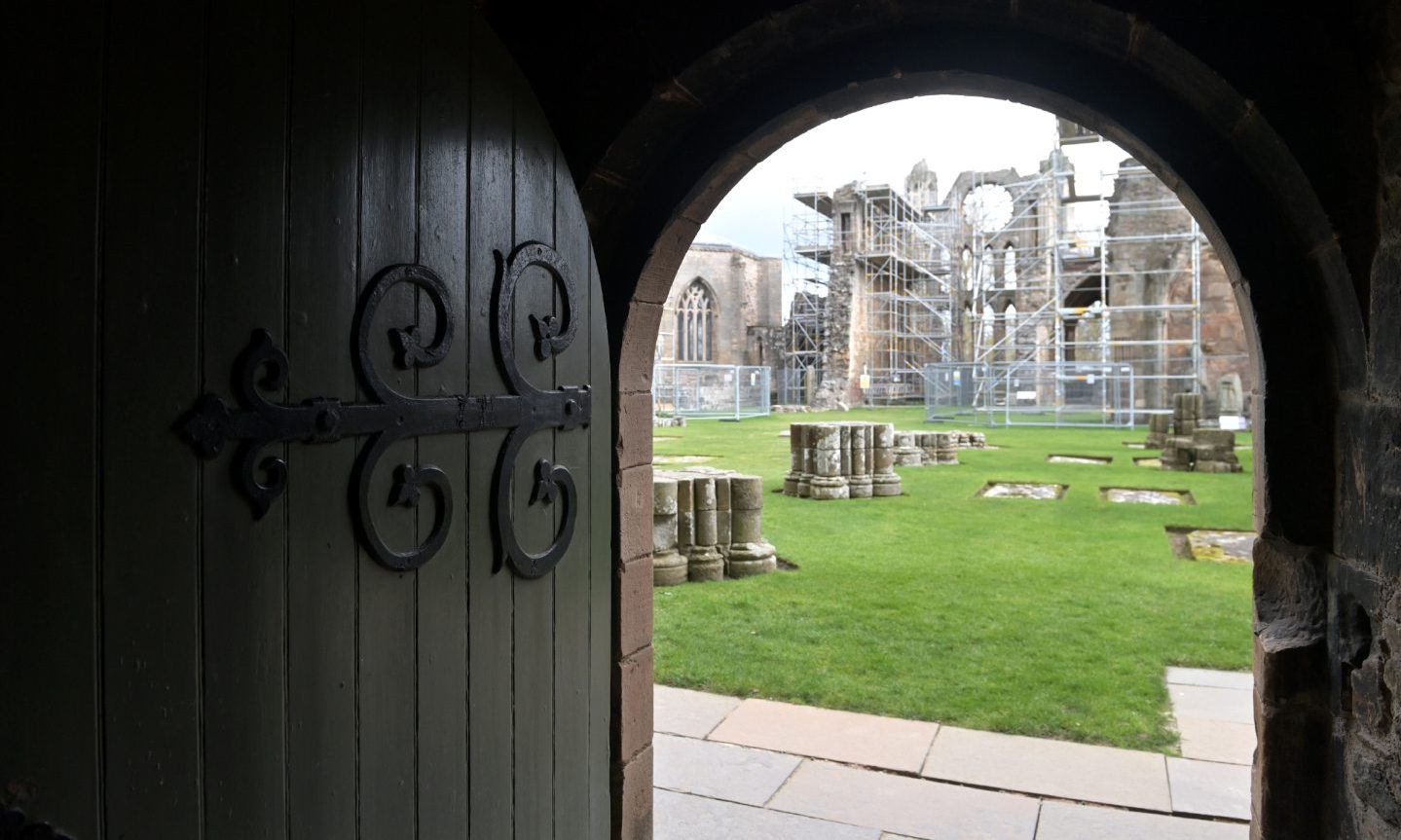
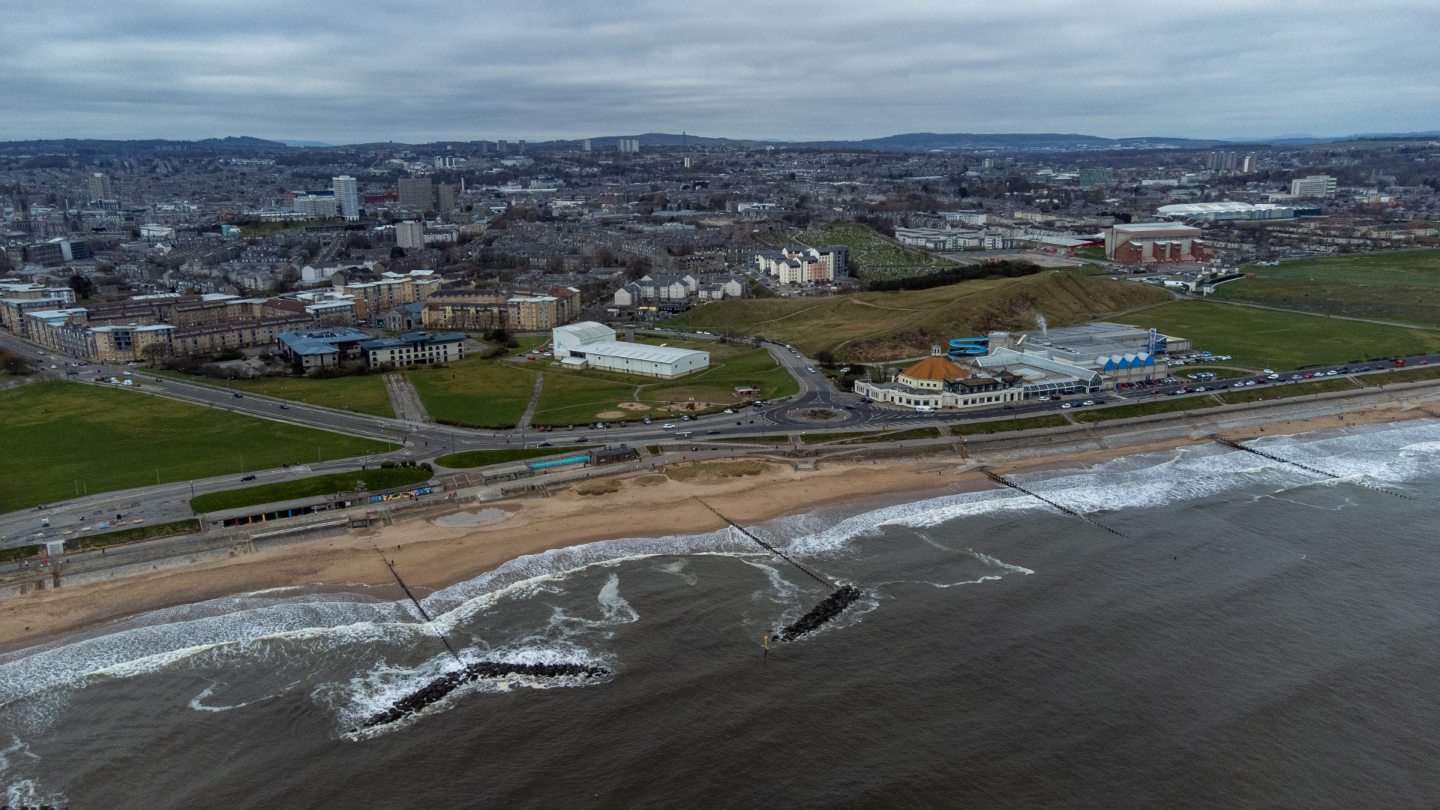
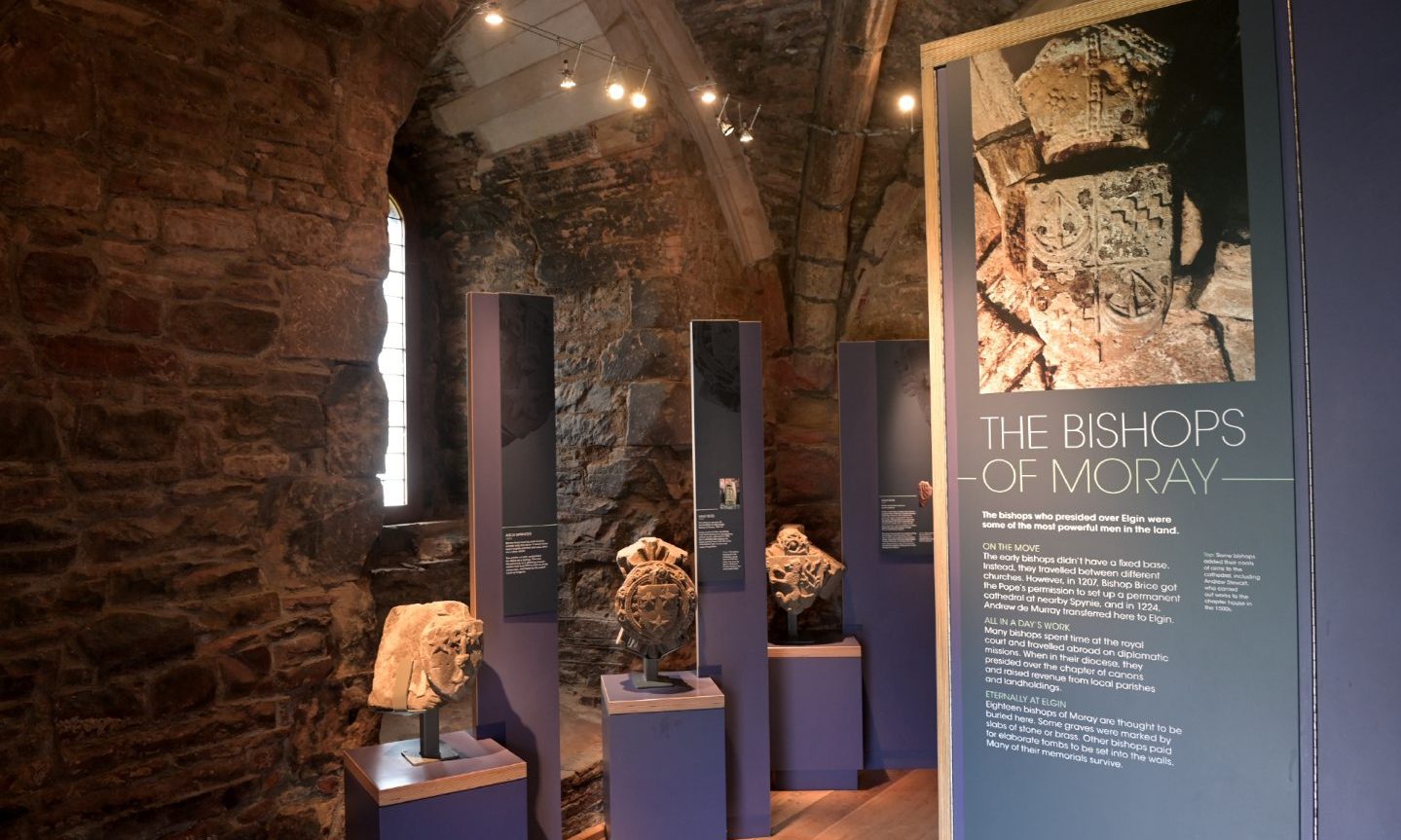
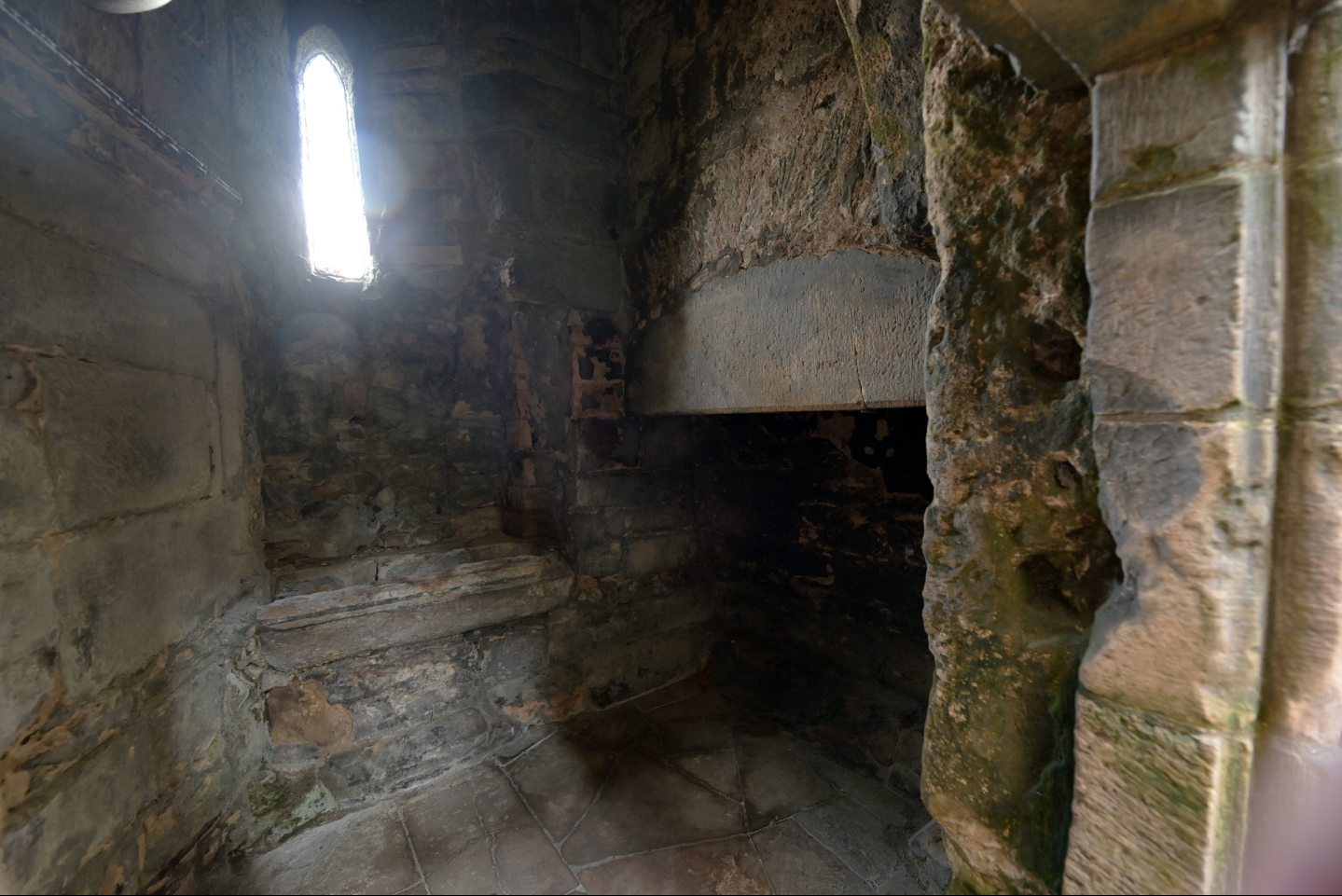
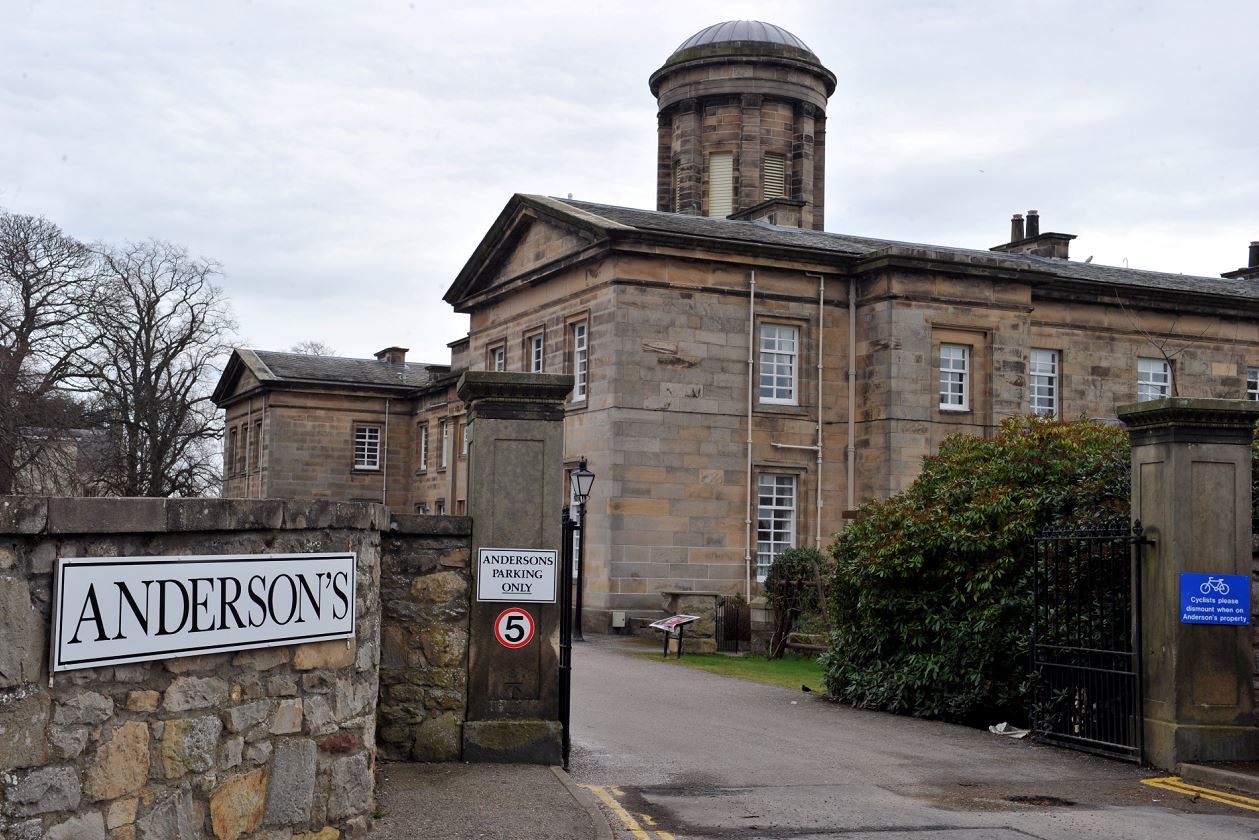
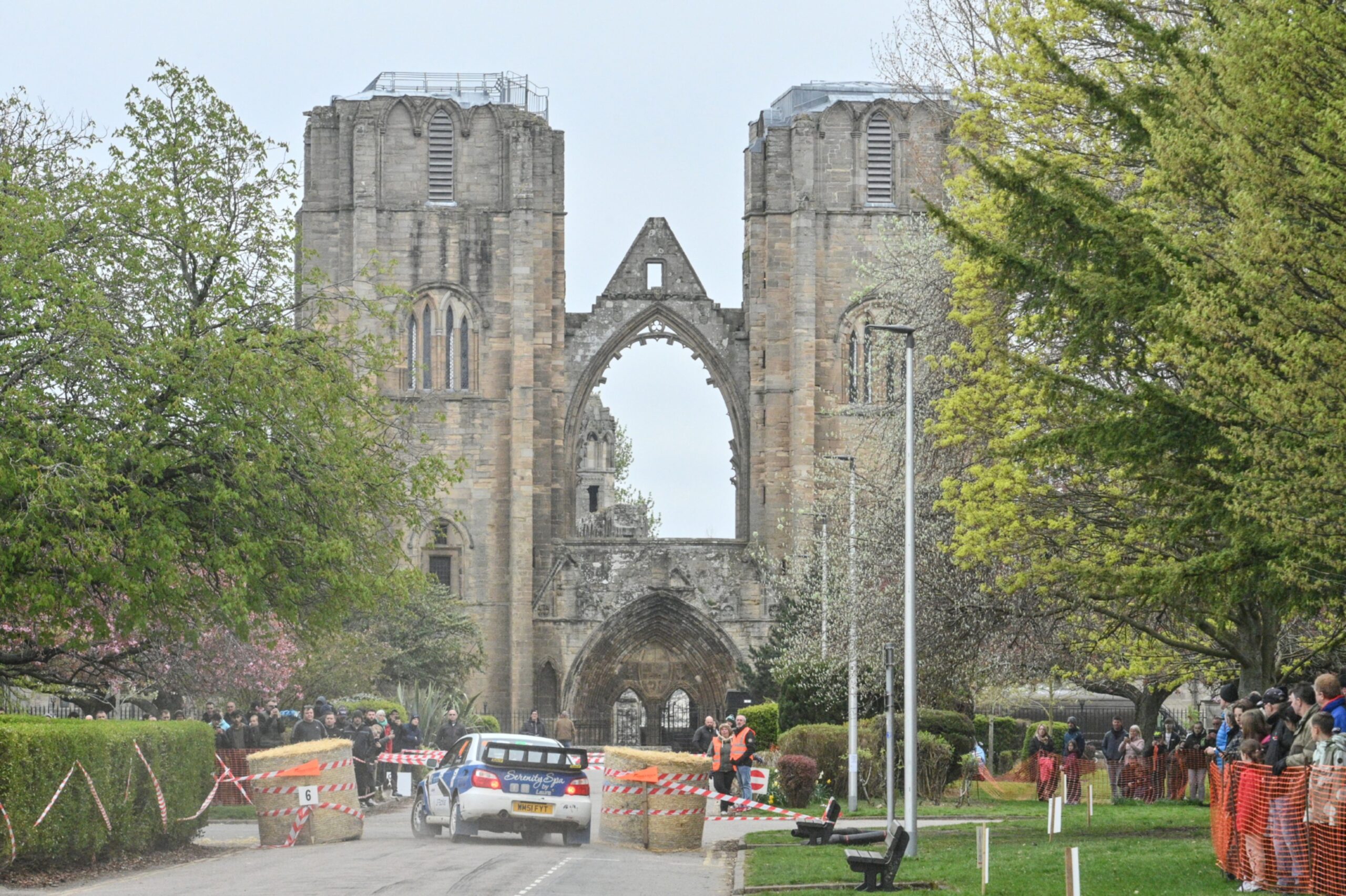
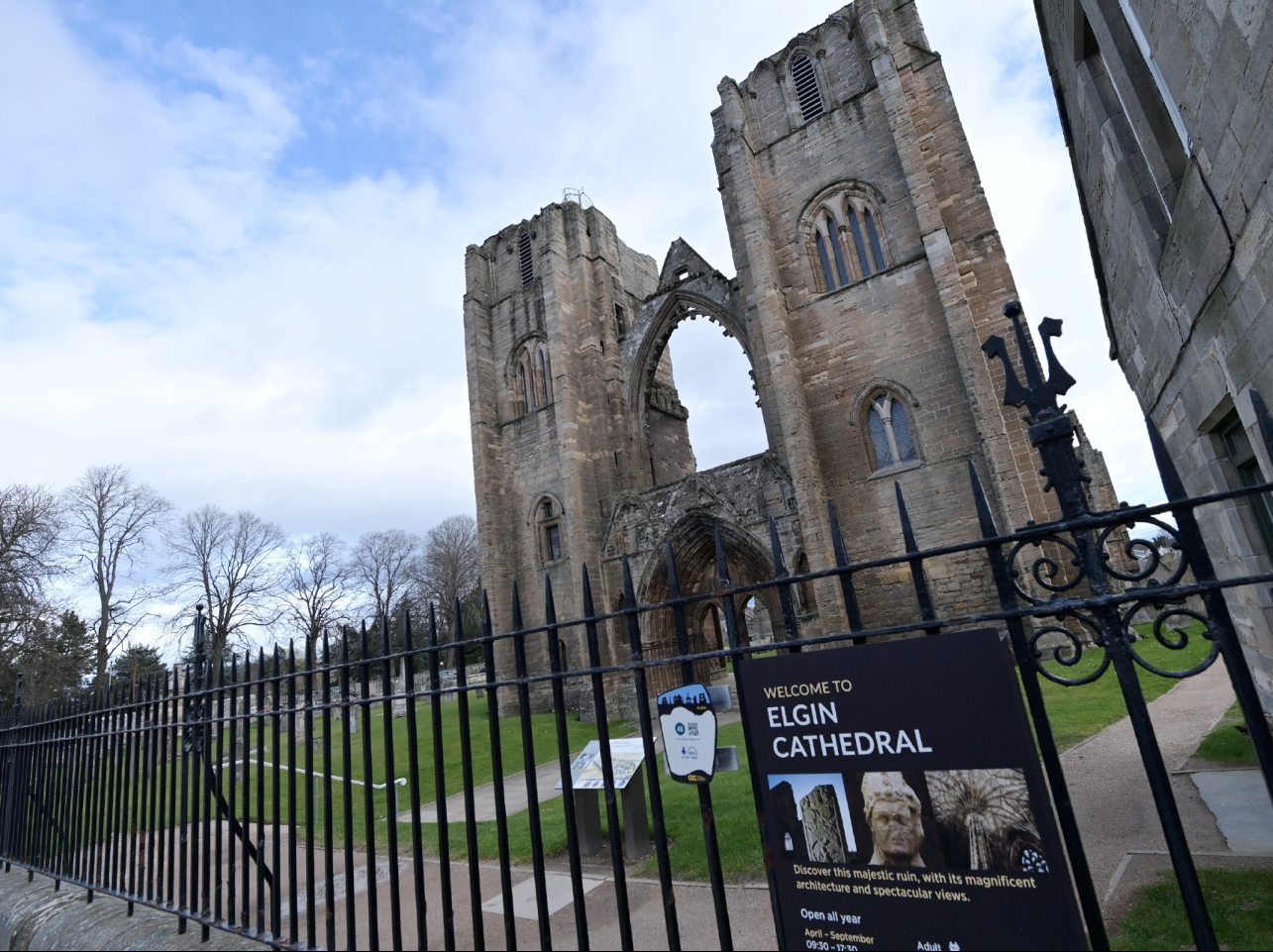
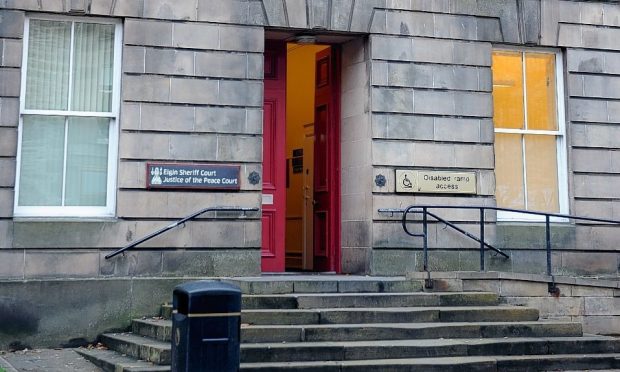



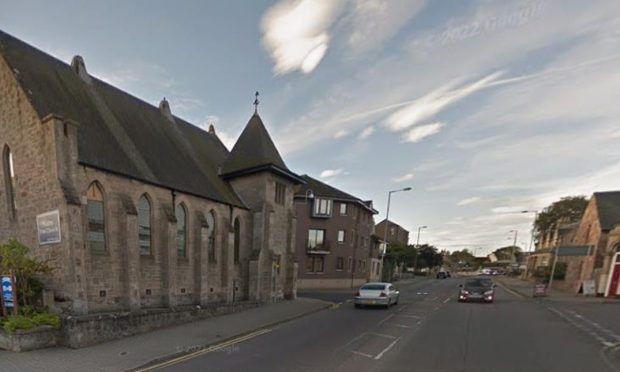

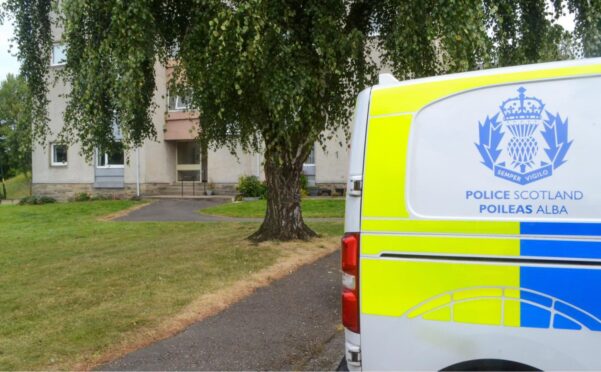



Conversation